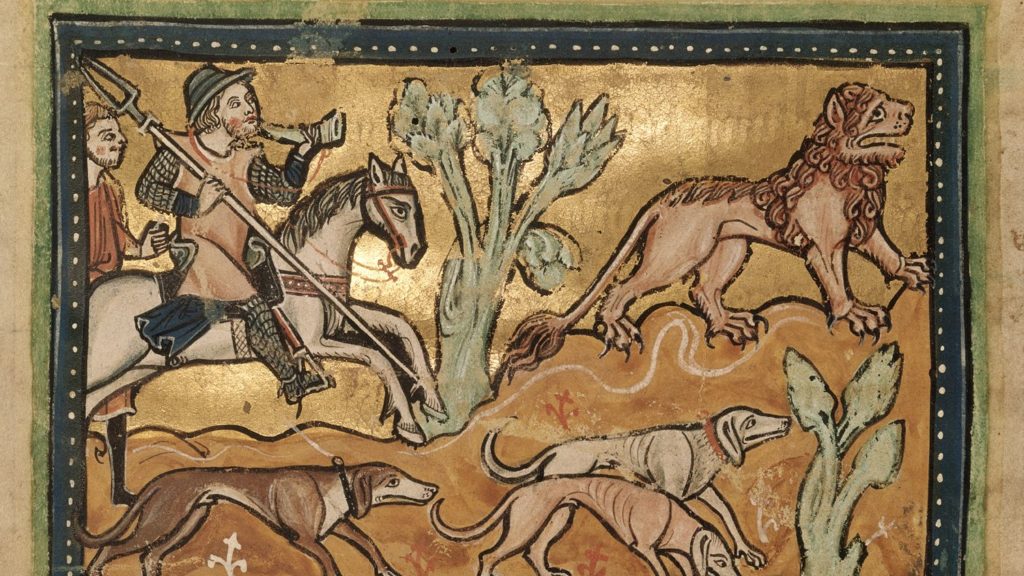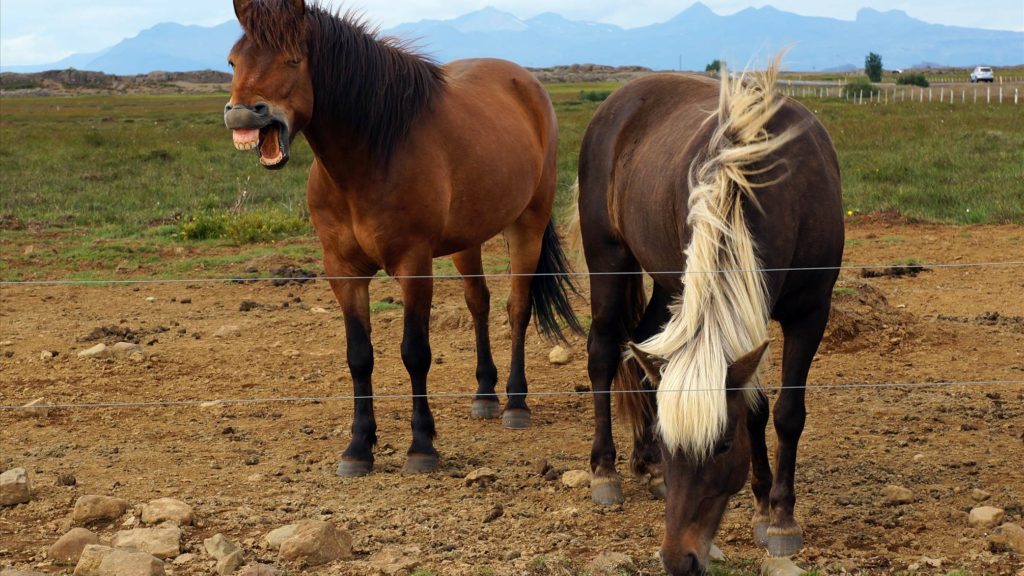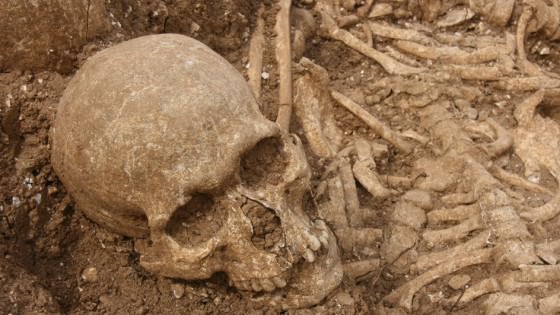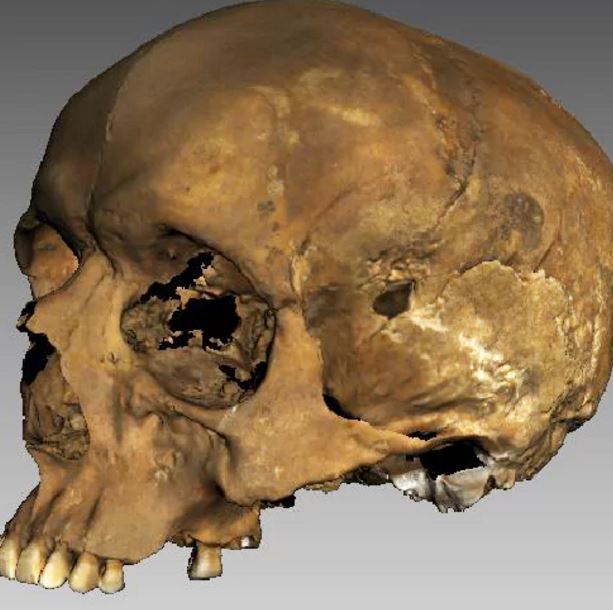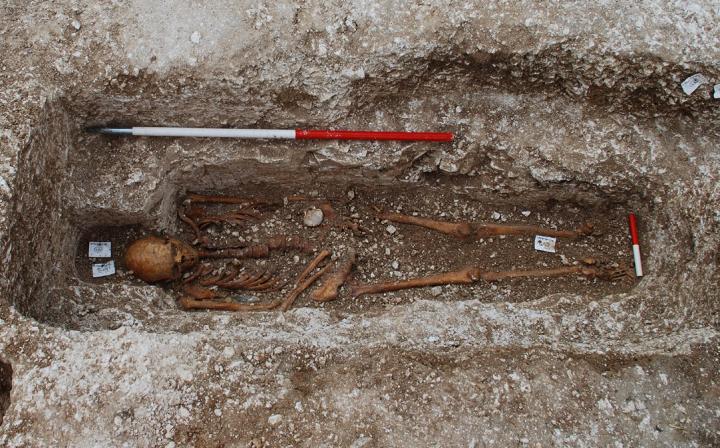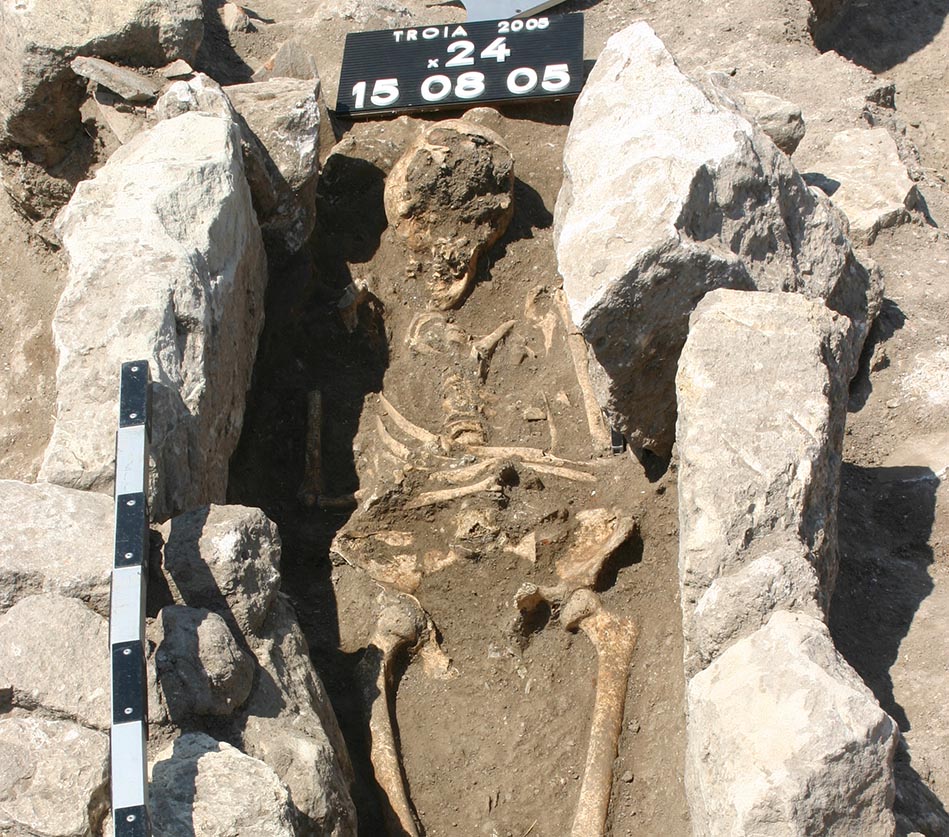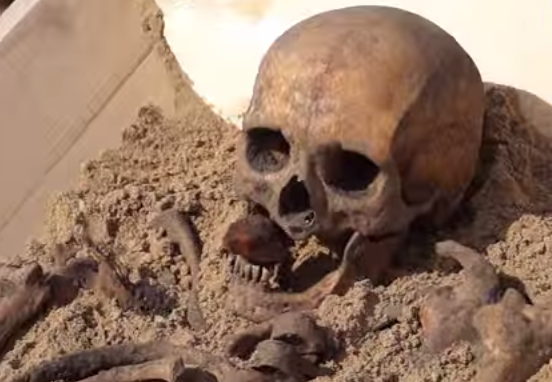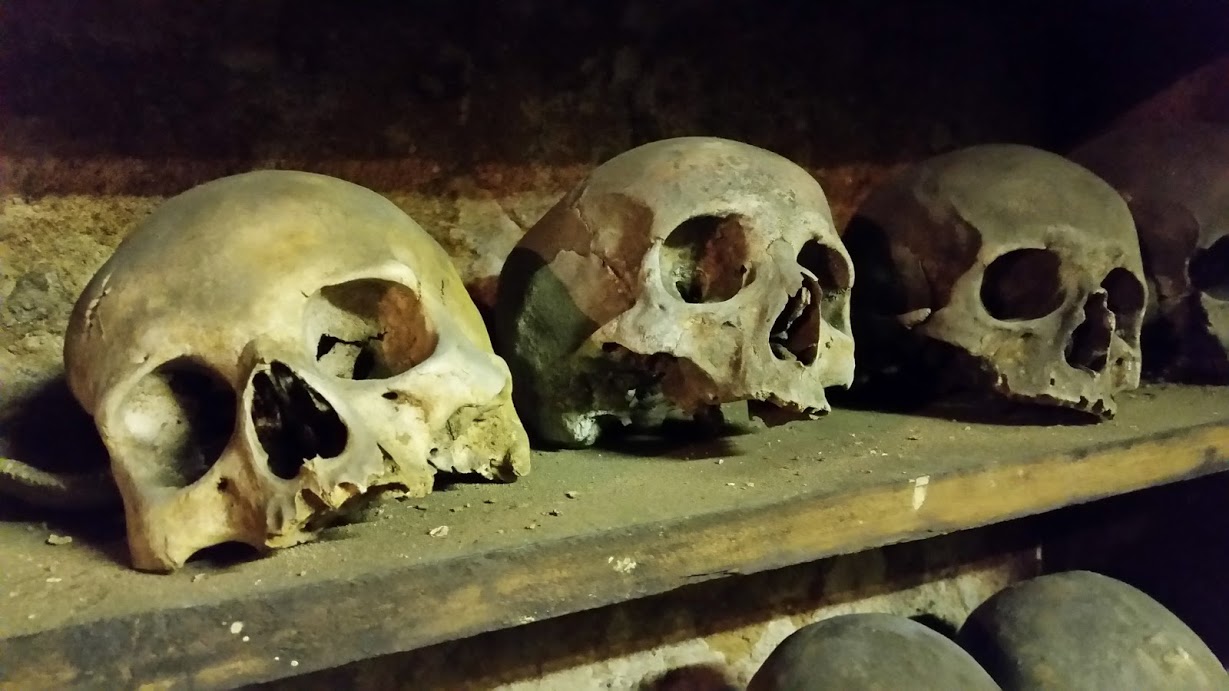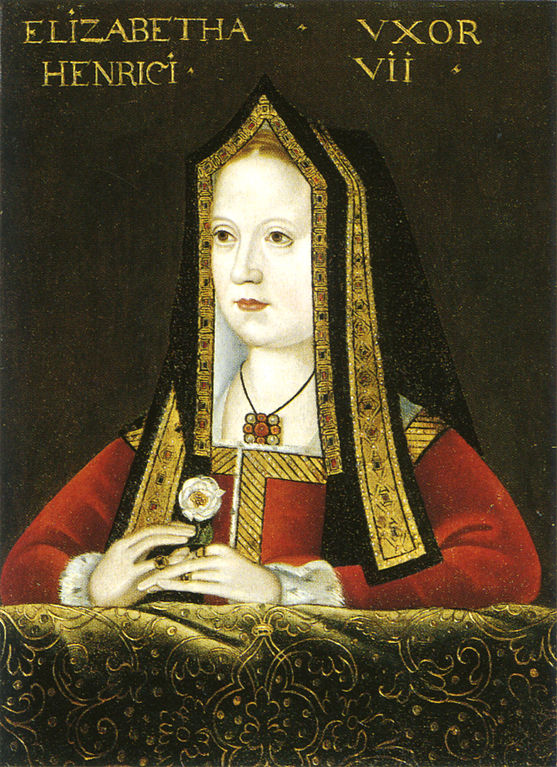New insights into the buried warrior at Prague Castle
Used as a propaganda tool by the Nazis and Soviets during the Second World War and Cold War, the remains of a 10th century male, unearthed beneath Prague Castle in 1928, have been the subject of continued debate and archaeological manipulation.
Two Viking Age ship burials discovered in Sweden
A unique find of two boat burials from the Viking Age have been discovered in Sweden. One of the two graves was intact with remains of a man, a horse and a dog.
Dead Dogs are so 9th Century
My research looks at specific acts of ritualised mortuary violence enacted on objects, animals, and people by Vikings in the British Isles, and aims to develop a new interpretative framework with which to consider them.
Jewellery shows how early medieval Finland was trading with rest of Europe, study shows
A recently completed study indicates that the material of the jewellery found together with human remains at a Finnish water burial site originates in southern Europe, contrary to what researchers had previously thought.
Archaeologists unearth more thousand-year old mysterious jars in Laos
Australian archaeologists have discovered 15 new sites in Laos containing more than one hundred 1000-year-old massive stone jars possibly used for the dead.
First genetic study of Crusaders reveals diverse origins
The first genetic study of medieval human remains believed to be Crusaders confirms that warriors travelled from western Europe to the near East, where they mixed and had families with local people, and died together in battle
900 years ago she was artist – we know this because she has bits of blue stone in her teeth
A team of researchers examining the remains of a woman buried around the year 1100 AD have – to their surprise – discovered dozens of tiny bits of blue stone in her teeth. They soon realized that she was likely a painter of illuminated medieval manuscripts.
Why Icelandic Vikings were buried with horses
Archaeologists in Iceland have for decades examined the remains of more than 350 graves from the Viking Age. In approximately 150 of these, teeth or bones of horses were found.
Anglo-Saxon cemetery discovered
Archaeologists from the University of Sheffield have uncovered a previously unknown Anglo-Saxon cemetery.
‘Vampire burial’ discovered in Italy dates to the 5th century AD, researchers find
The discovery of a 10-year-old’s body at a medieval Roman site in Italy suggests measures were taken to prevent the child, possibly infected with malaria, from rising from the dead and spreading disease to the living.
Three individuals, three stories, three burials from medieval Trondheim, Norway
This article presents the life stories of three individuals who lived in Trondheim, Norway, during the 13th century. Based on skeletal examinations, facial reconstructions, genetic analyses, and stable oxygen isotope analyses, the birthplace, mobility, ancestry, pathology, and physical appearance of these people are presented.
The Viking Great Army in England: new dates from the Repton charnel
The size and nature of Great Army winter camps has been used as a proxy to estimate the size of the invading forces, but with divergent results. An accurate understanding of the chronology at Repton is therefore essential for improving our knowledge in these areas.
Research into Anglo-Saxon burials uncover new insights
Christine Cave, a PhD candidate at the Austrialian National University, has developed a new method for determining the age-of-death for skeletal remains based on how worn the teeth are.
Communities of Death in Medieval Iceland
In Iceland, the introduction of Christianity around 1000 AD was associated with fundamental chnges in burial customs.
Medieval priest buried 700 years ago may have been a victim of the Great Famine, archaeologists report
The remains of Richard de W’Peton, a medieval priest who died 700 years ago – on 17 April 1317 – have been uncovered in an elaborate grave.
Leprosy victim buried 900 years ago offers insights into how the disease spread through medieval Europe
Medieval leprosy victim in English cemetery was likely a religious pilgrim, possibly from overseas
He was murdered 1,400 years ago
Scottish researchers have reconstructed the face of a Pictish man they showed to have been brutally murdered 1,400 years ago.
The geography of a cemetery – the early Christian cemeteries of Skagafjördur, North Iceland
In the last decade early Christian churches and cemeteries in the region of Skagafjördur, North Iceland, have been the object of extensive archaeological research.
13th century skeleton discovered with oldest known form of maternal infection
By Michelle Donovan The 800-year-old skeleton of a young woman buried in a graveyard on the outskirts of the fabled city of Troy…
Mass Burial of Black Death victims discovered in England
A mass burial of 48 bodies, known to be victims of the Black Death, has been discovered at the site of a 14th-century monastery hospital at Thornton Abbey in England.
Vampire Burials in Medieval Poland: An Overview of Past Controversies and Recent Reevaluations
Recently, the sensationalist interpretations of deviant burials have also permeated into (inter)national media, leading the general public to misinformation about Poland’s past and the mentalities of its medieval societies.
Art as data: Studying corpses by drawing them
This paper addresses the potentials of treating art as data, drawing examples from my current research on corpse positioning in early Anglo-Saxon England.
Worshipping the Dead: Viking Age Cemeteries as Cult Sites?
The examined saga accounts demonstrate that when the dead are venerated by the living and when sacrifices are made to them, these acts of worship usually occur at the graveside and not elsewhere in the landscape or within buildings.
The Dead in 3D: The Rothwell Charnel Chapel Project Online!
In the past seven months, the Rothwell Charnel Chapel Project has evolved to become more than just a research and preservation project, but has morphed into a virtual exhibit, and fascinating online learning resource that will be available globally.
The Funeral of Queen Elizabeth of York, the First Tudor Queen of England
Elizabeth of York, Queen to King Henry VII of England, died in the Tower of London on February 11, 1503. She had given birth to a daughter Katherine on February 2 and never recovered. The death was a shock to her husband, her children and to the nation.


